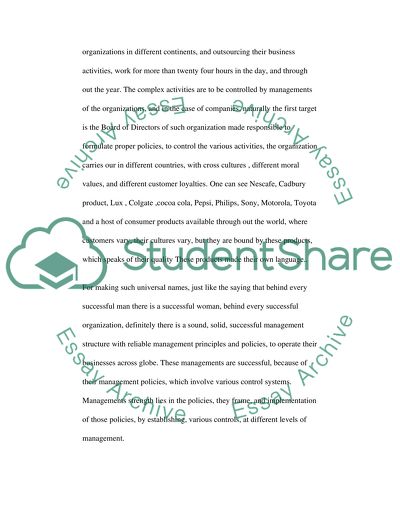Cite this document
(“Internal Auditing, 4 questions Essay Example | Topics and Well Written Essays - 2000 words”, n.d.)
Internal Auditing, 4 questions Essay Example | Topics and Well Written Essays - 2000 words. Retrieved from https://studentshare.org/miscellaneous/1525201-internal-auditing-4-questions
Internal Auditing, 4 questions Essay Example | Topics and Well Written Essays - 2000 words. Retrieved from https://studentshare.org/miscellaneous/1525201-internal-auditing-4-questions
(Internal Auditing, 4 Questions Essay Example | Topics and Well Written Essays - 2000 Words)
Internal Auditing, 4 Questions Essay Example | Topics and Well Written Essays - 2000 Words. https://studentshare.org/miscellaneous/1525201-internal-auditing-4-questions.
Internal Auditing, 4 Questions Essay Example | Topics and Well Written Essays - 2000 Words. https://studentshare.org/miscellaneous/1525201-internal-auditing-4-questions.
“Internal Auditing, 4 Questions Essay Example | Topics and Well Written Essays - 2000 Words”, n.d. https://studentshare.org/miscellaneous/1525201-internal-auditing-4-questions.


